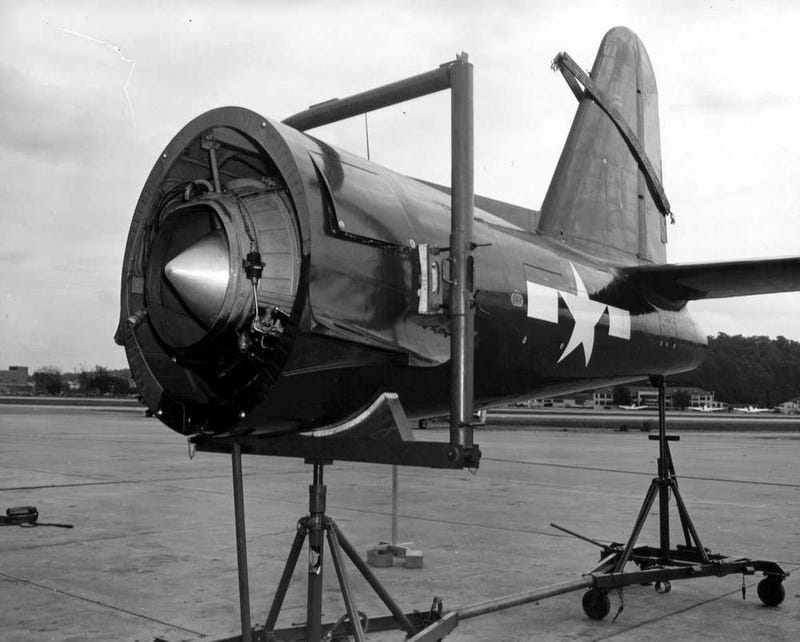I think 2 things are required
Use veteren pilots as instructors and don't keep them flying as 'superstars' until fatigue and chance claim them
Secondly focus on improving existing designs as much as possible don't try to develop the best aircraft fueled by Angels tears - the good enough is good enough.
Planes and pilots of training units were pressed into the Stalingrad airlift and lost. This also must be avoided - I personally consider Stalingrad to be the beginning of the end for the Luftwaffe...

